3 unique ecological floors
When mentioning the place name Tac Cau, Binh An commune, many people will remember the famous specialty fruit, Tac Cau pineapple. According to the People's Committee of Binh An commune, the profession of growing Tac Cau pineapple has been recognized by the province as a traditional profession, with a history of over a hundred years of the Chinese people living in the area.
Located between the Cai Lon and Cai Be rivers is the largest pineapple growing area of Binh An commune, with 1,880 hectares. People dig garden ditches, build high ridges to grow pineapples, take advantage of the surrounding vacant land, and intercrop with areca and coconut. These are 3 types of crops suitable for the soil, alluvial soil that can withstand salinity, helping people increase their income on the same unit of production area.
Mr. Du Van Thai invested in a drip irrigation system for production.
Mr. Du Van Thai, residing in An Lac hamlet, said: “The combination of intercropping pineapple - areca - coconut has created a unique 3-layer ecological model, bringing many benefits to gardeners, helping to save production costs, because when fertilizing and watering pineapple plants, areca and coconut plants also benefit. Conversely, coconut and areca create shade, protecting the pineapple to grow. Moreover, gardeners have a stable income, not afraid of the situation of a good harvest but low prices.”
In recent years, to support people in maintaining production, the locality has opened many training courses on technology transfer, helping to reduce production costs by 10% - 15%. Economic cooperation is also focused on, in the area there are 2 agricultural cooperatives specializing in pineapple cultivation and 6 production linkage groups. Cooperatives and cooperative groups have boldly applied VietGAP and organic production processes, signed contracts to consume Tac Cau pineapple with processing enterprises, expanded the market to the northern provinces and exported.
Mr. Du Van Thai harvests pineapple.
In practice, the combination of pineapple - areca - coconut cultivation on the same area creates a comprehensive polyculture model with clear effectiveness. The average pineapple yield is 23 - 25 tons/ha/year, areca reaches 9,500 fruits/tree/year, coconut 120 fruits/tree/year. On average, it brings in an income of 150 - 200 million VND/ha/year, 3 times more profitable than growing rice on the same area.
Vice Chairman of Binh An Commune People's Committee Nguyen Van Loc assessed: "Income from the pineapple - areca - coconut multi-cropping economic model in the area has contributed significantly to the local economic growth, creating stable jobs for more than 5,000 rural workers; contributing to raising the average income per capita of the commune to 72 million VND/year, an increase of 23 million VND compared to the beginning of the term. The multi-cropping model also helps balance the ecosystem, limit pests and diseases, reduce the cost of pesticides, and contribute to protecting land and water resources."
Linking production with ecotourism
According to the People's Committee of Binh An commune, the development of the 3-layer ecological model is still limited, because the production scale of many households is still small and fragmented, not linked in production to create large specialized areas, making it difficult to create competitive advantages. Post-harvest processing and preservation is still limited; heavily dependent on the fresh consumption market, easily subject to price pressure when there is excess supply. Many by-products have not been fully exploited, such as: pineapple leaves, areca spathe; coconut - areca wood, wasting resources.
In addition, the irrigation system and internal transport have not been invested synchronously, affecting production and consumption of products. The application of high technology is only at the initial stage, not uniform among farming households. The production - consumption link is not tight, not promoting the advantages of eco-tourism associated with agriculture .
Farmers in Binh An commune harvest pineapples.
Vice Chairman of Binh An Commune People's Committee Nguyen Van Loc said that in the coming time, to develop the pineapple - areca - coconut model to become a typical agricultural product and eco-tourism, the commune plans a multi-crop pineapple - areca - coconut production area, striving to reach over 2,000 hectares by 2030, associated with synchronous investment in irrigation, traffic, electricity and water infrastructure to serve production.
The locality continues to promote the transfer of technical advances, the application of new varieties, smart irrigation, and organic fertilizers in production; implement electronic traceability; build a production-consumption database associated with digital transformation of agriculture. In addition, the commune strengthens cooperation and production linkages, creating favorable conditions to call on businesses to build pineapple-areca-coconut processing factories in the locality.
Tac Cau pineapple is sold a lot by people at Cai Be bridge.
Traders buy pineapples in the garden.
The Commune People's Committee coordinates with specialized agencies to support gardeners, cooperatives, and cooperatives in completing packaging and labels; supporting the issuance of VietGAP certification; enhancing trade promotion and product advertising, bringing Tac Cau pineapple, areca, and Binh An coconut to domestic and foreign markets.
Cooperatives and cooperative groups will be facilitated to access preferential capital and policy credit capital to invest in increasing added value and diversifying products from pineapple - areca - coconut. From these advantages, the locality will promote the exploitation of the potential for eco-tourism development under the pineapple - areca - coconut ecological layer, promoting the cultural identity of the Chinese people in the Tac Cau area.
Article and photos: THUY TRANG
Source: https://baoangiang.com.vn/xa-binh-an-phat-trien-mo-hinh-da-canh-tong-hop-khom-cau-dua-a462997.html


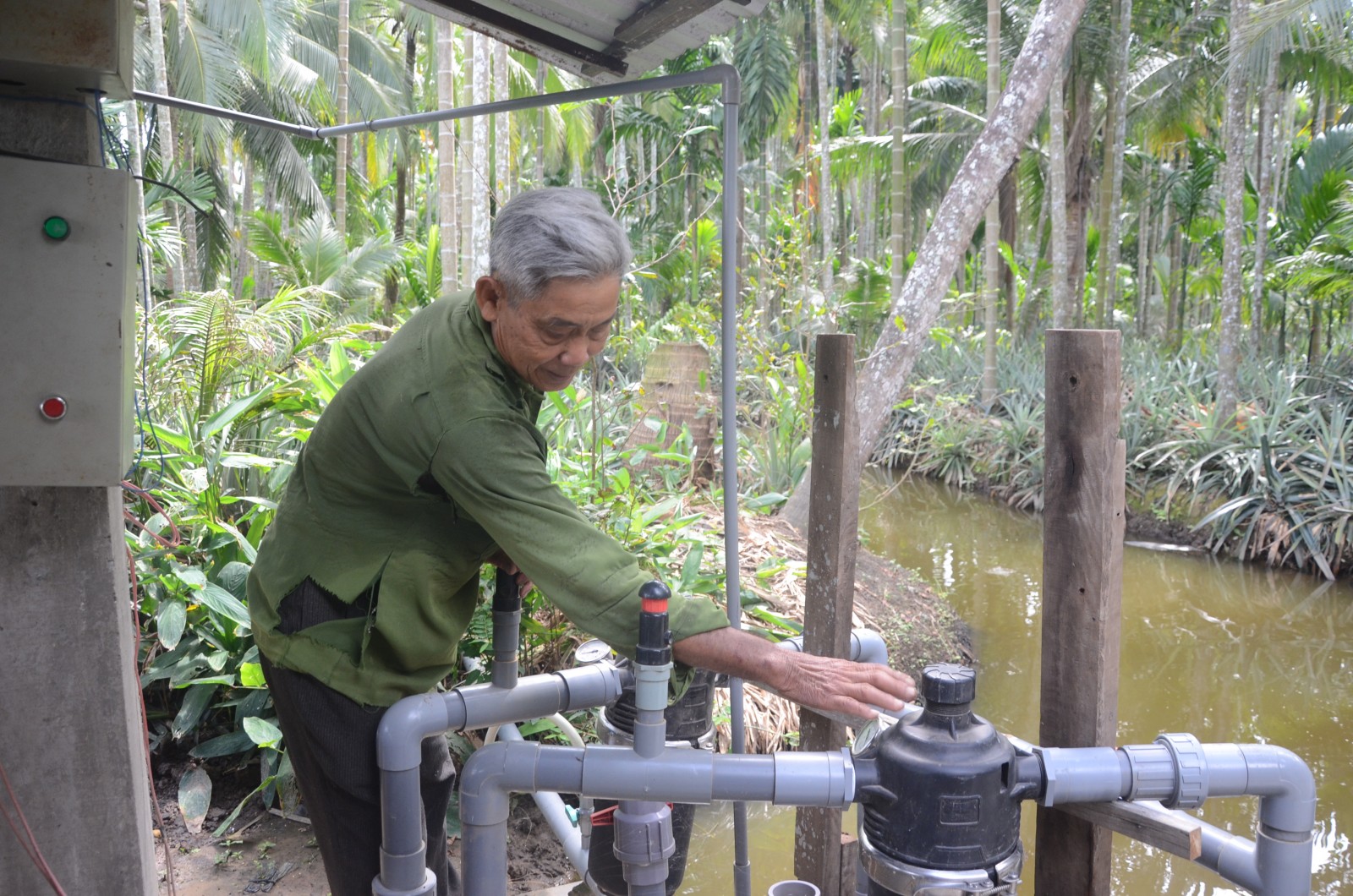
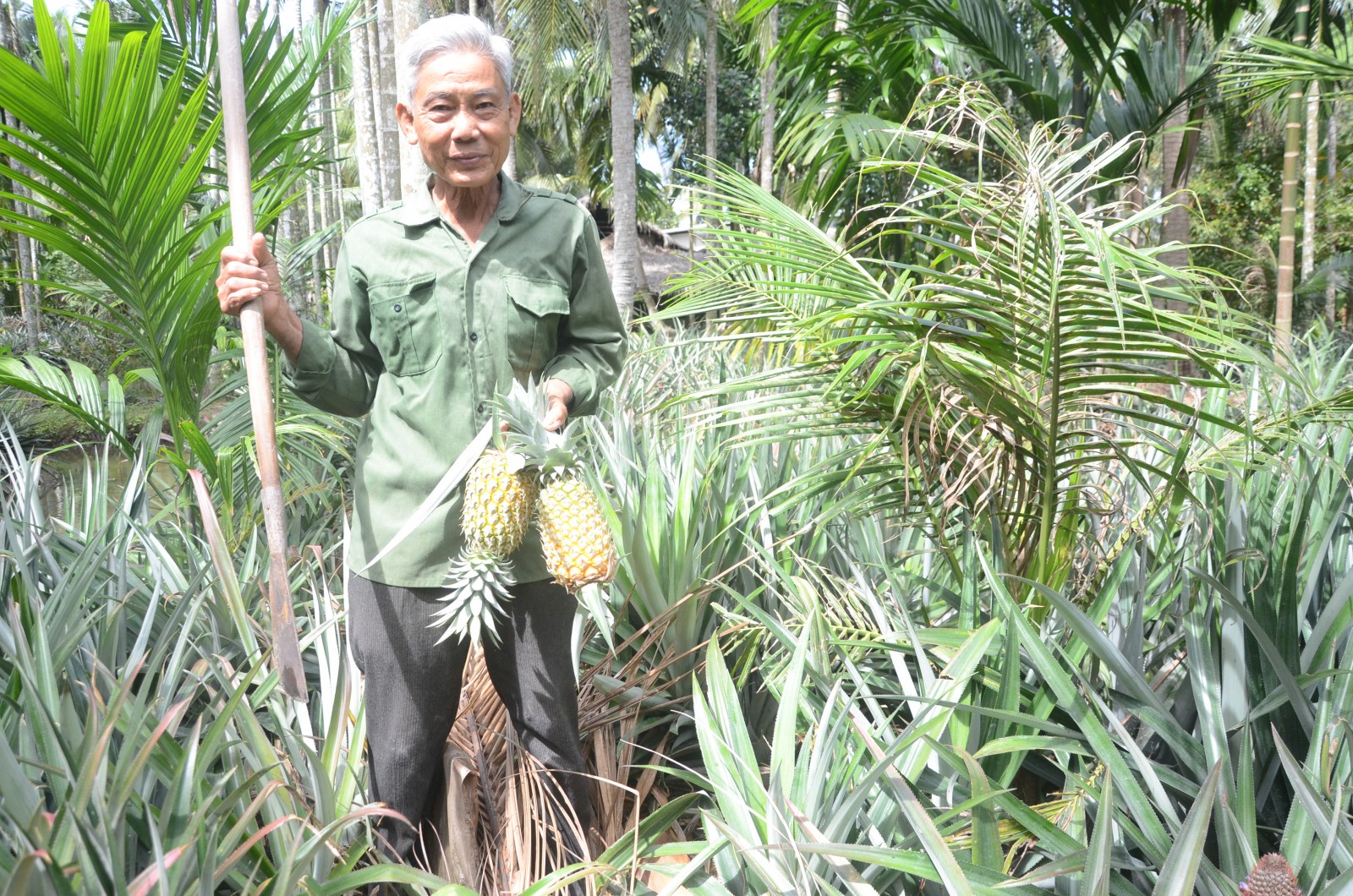
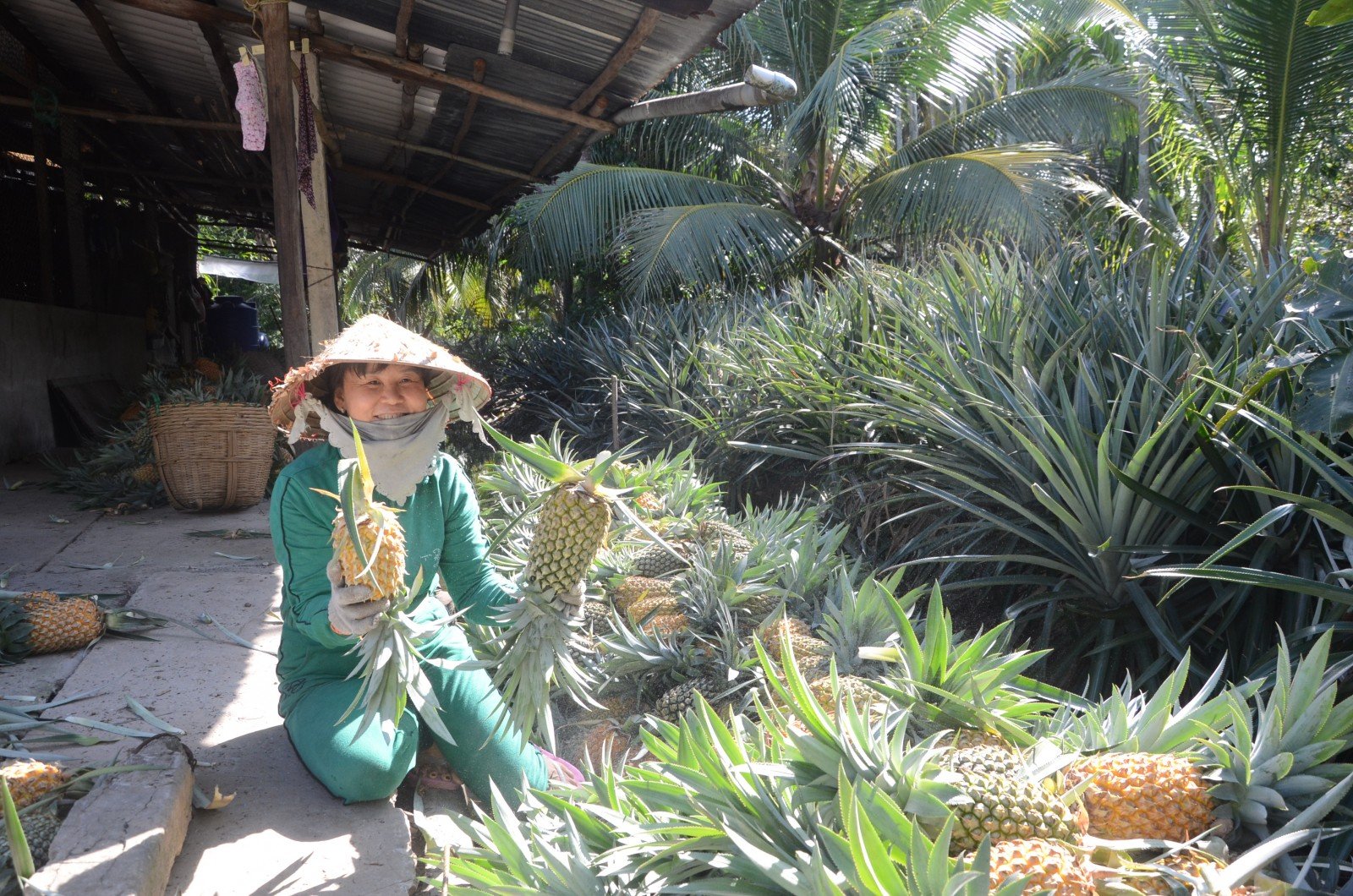
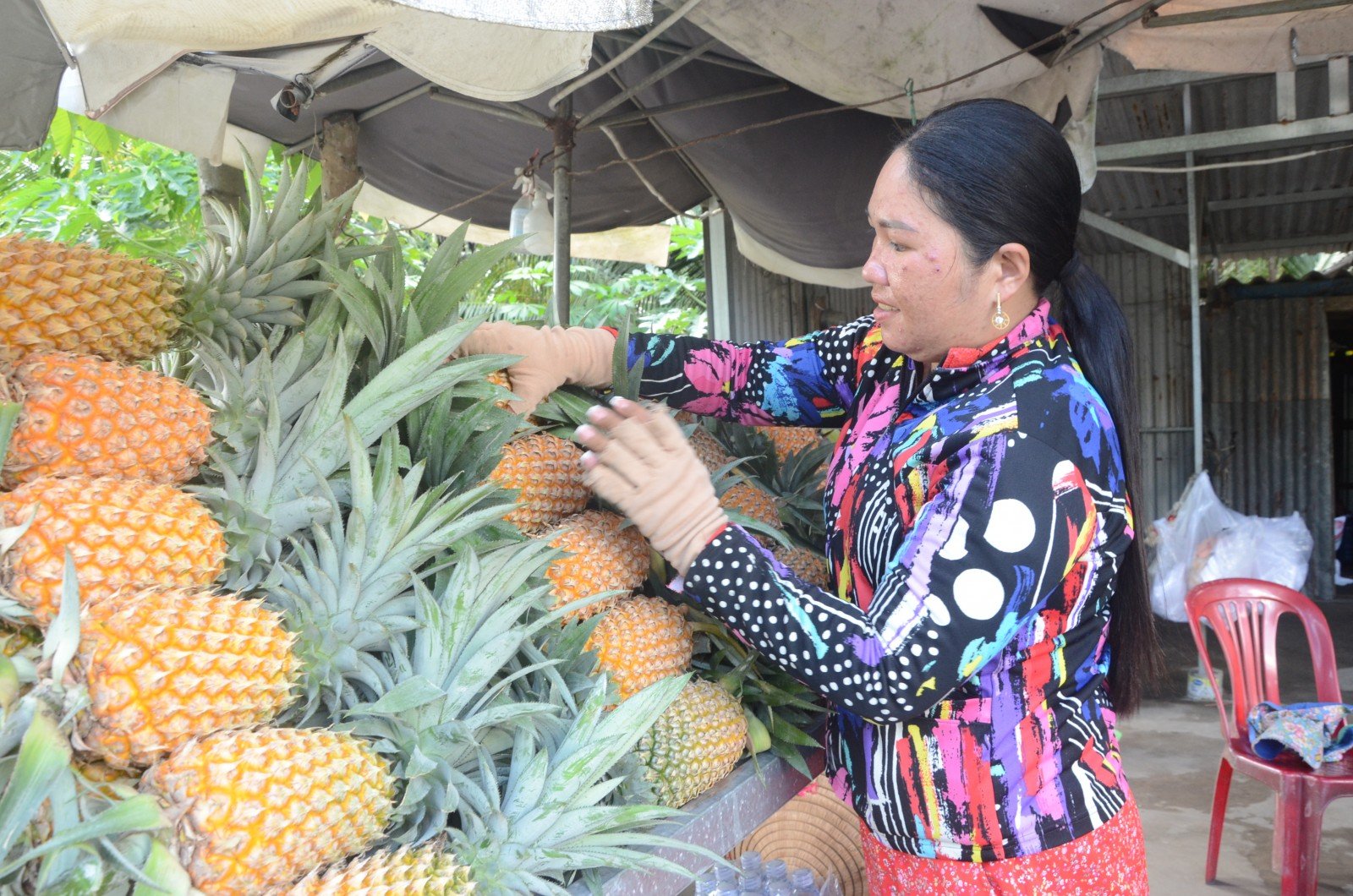
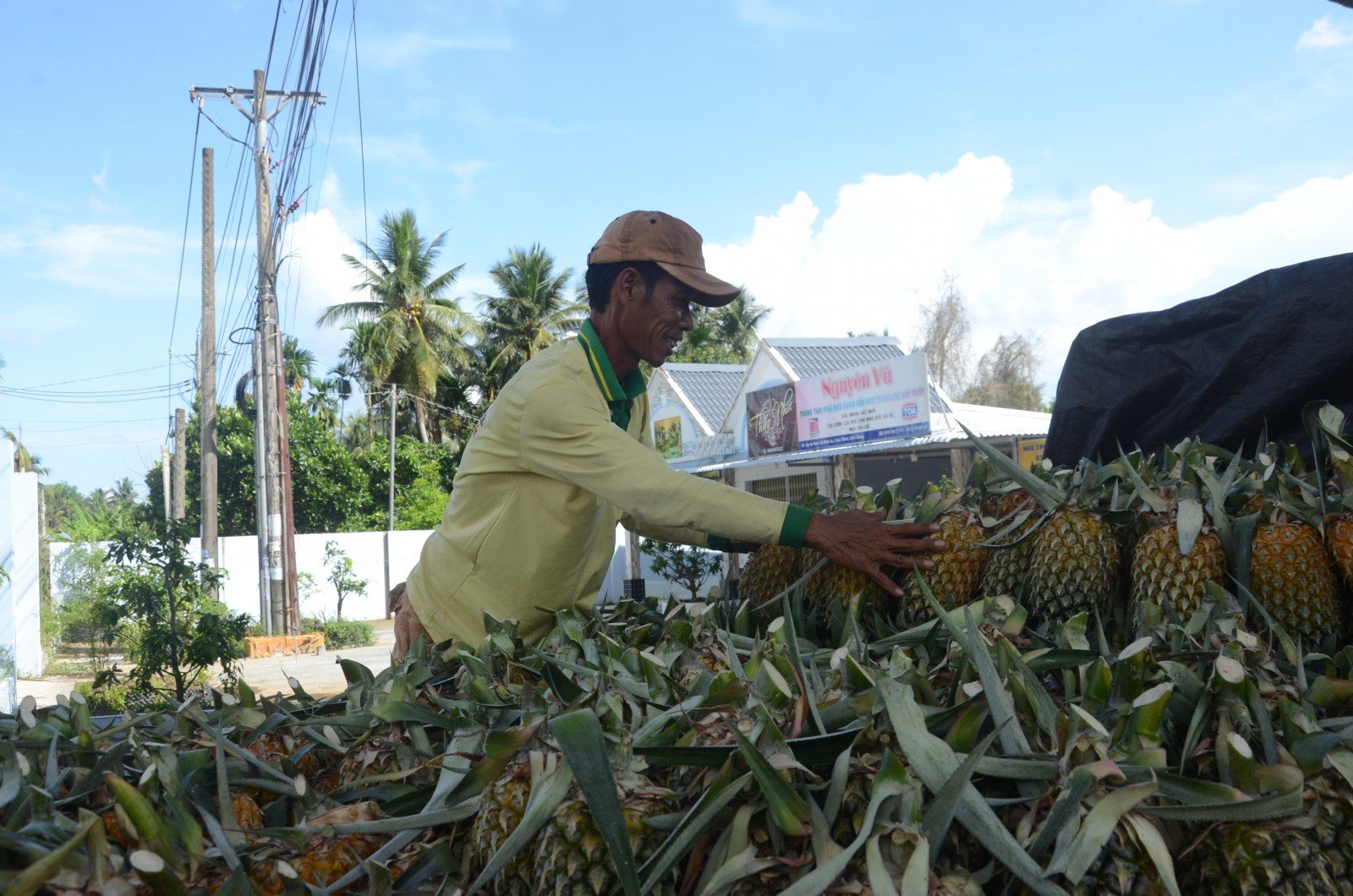

![[Photo] Students of Binh Minh Primary School enjoy the full moon festival, receiving the joys of childhood](https://vphoto.vietnam.vn/thumb/1200x675/vietnam/resource/IMAGE/2025/10/3/8cf8abef22fe4471be400a818912cb85)
![[Photo] Prime Minister Pham Minh Chinh chairs meeting to deploy overcoming consequences of storm No. 10](https://vphoto.vietnam.vn/thumb/1200x675/vietnam/resource/IMAGE/2025/10/3/544f420dcc844463898fcbef46247d16)






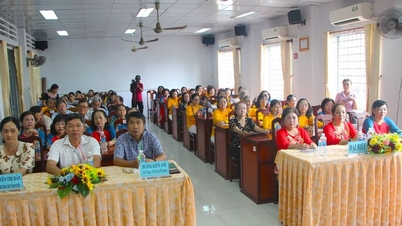
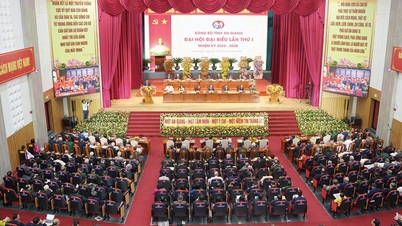
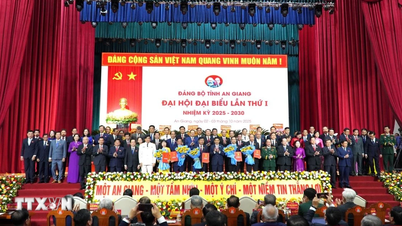



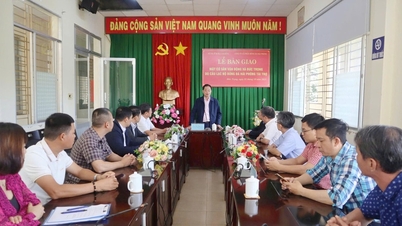







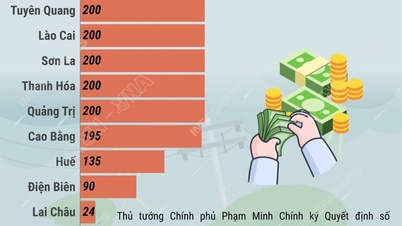







![[Megastory] Building An Giang province to develop sustainably, entering a new era with the country](https://vphoto.vietnam.vn/thumb/402x226/vietnam/resource/IMAGE/2025/10/3/f7c9bdd496204362a3927418e980c40e)


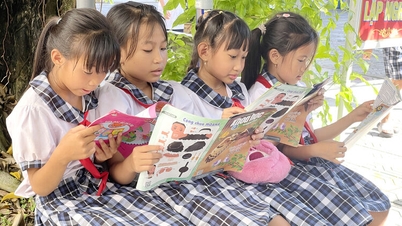























































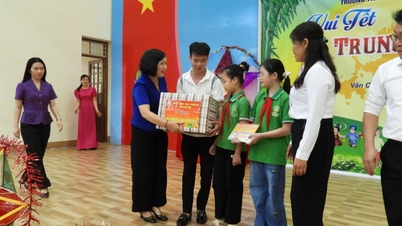

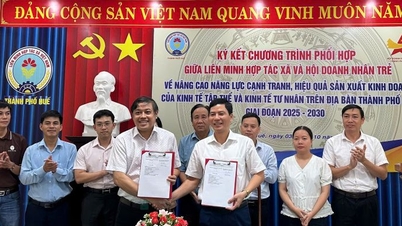

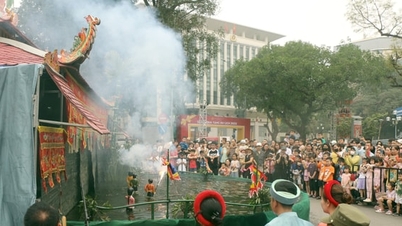












Comment (0)